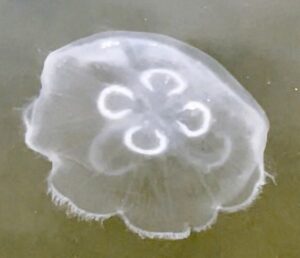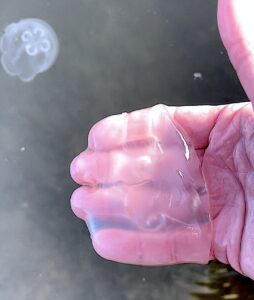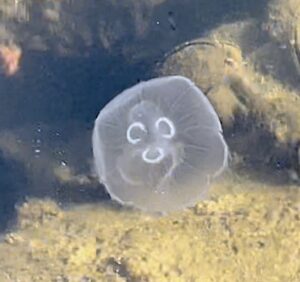Volunteering with Point Blue’s Students and Teachers Restoring a Watershed (STRAW) at the Novato Baylands is a fantastic way to get involved in wetland restoration along the shore of San Pablo Bay, through field work and our native plant nursery, while meeting new people who share a passion for this important work.
Volunteer programming is offered Tuesdays and Fridays between 8am-12pm and Wednesday 1-3pm. Tours are also available upon request.
If you are interested in learning more, please email: novatobaylands@pointblue.org
Find more information on Point Blue’s website: www.pointblue.org
Owners that are experiencing power surges or flickering lights are being sought to volunteer their homes to have PG&E install a reader to monitor power issues. Please email Steve Nash of the PG&E Committee at snash@bmkcsd.us.
Marin/Sonoma Mosquito & Vector Control has been visiting BMK neighborhoods recently.
https://www.msmosquito.org/mosquito-look-a-likes-out-in-force
PG&E will be in our area using a helicopter and/or drone to inspect the nearby electric towers and equipment. These safety inspections will take place within the next two weeks.
What you can expect
For questions, please contact PG&E at 1-877-295-4949 or email electricsafetyinspections@pge.com.
Join Zoom Meeting
https://zoom.us/j/4623091959?pwd=a0kzUDY0cTM3TEViR3VWK1J0UUQxZz09
Meeting ID: 462 309 1959
Passcode: 925303
https://www.bmkcsd.us/mc-events/csd-public-town-hall/?mc_id=551
Public Notice: Boats parked and/or abandoned on Bel Marin Keys Community Services District property will be receiving the attached notice and are subject to removal. https://www.bmkcsd.us/wp-content/uploads/2024/01/00000-Courtesy-Notice-Prior-to-Removal.pdf
Dixon Marine Services have completed dredging operations at this time.
Notice & Agenda
Notice & Agenda
Sue Lattanzio
Moon jellyfish (Aurelia aurita), often referred to as moon jellies, are very simple animals found in the phylum Cnidaria. We do not see them that frequently in BMK although you may see them at beaches in all oceans of the world except the artic. Moon Jellyfish are part of a natural balance in our ecosystem.
Here’s a few answers to some frequently asked questions:




BMK CSD has been advised by Marin Vector Control that tests have found excessive numbers of mosquitos in the Pacheco Pond and Hamilton Areas. This situation is requiring the use of helicopters to spray the areas on 6/16/23, which will occur on Friday Morning between 8 AM and 12 PM.
BMK Residents are encouraged to complete the linked Point Blue survey to provide feedback about the addition of signs in the community. Please follow the attached link to complete the survey. Thank you!
The Bel Marin Keys Yacht Club Website is currently under construction but shall be up and running soon. On the website, you will find in depth information about individual clubs, events, and ways that you can get involved.